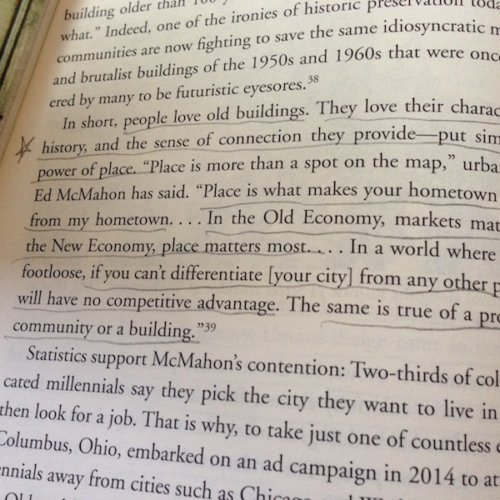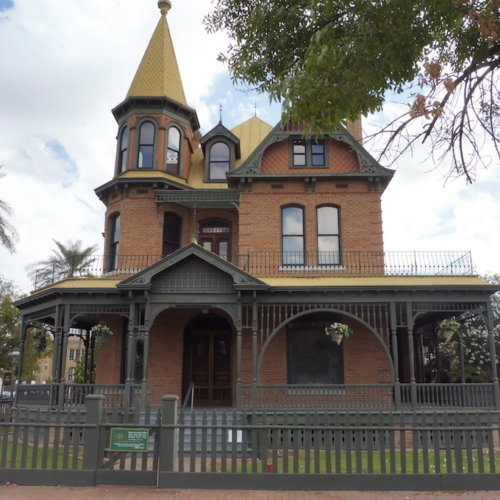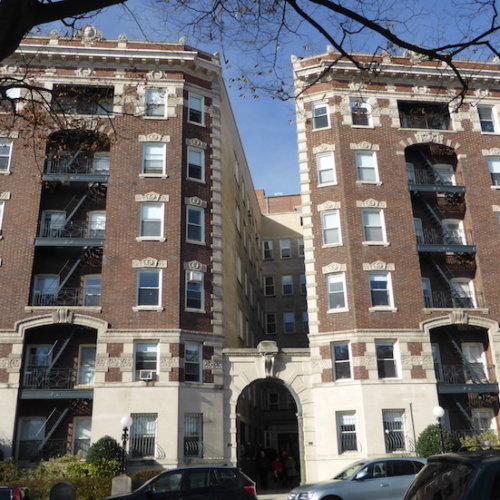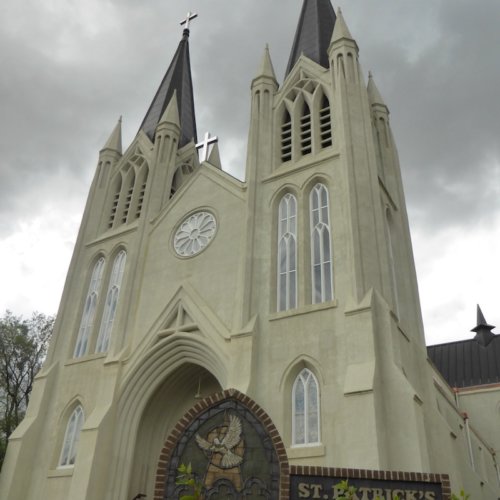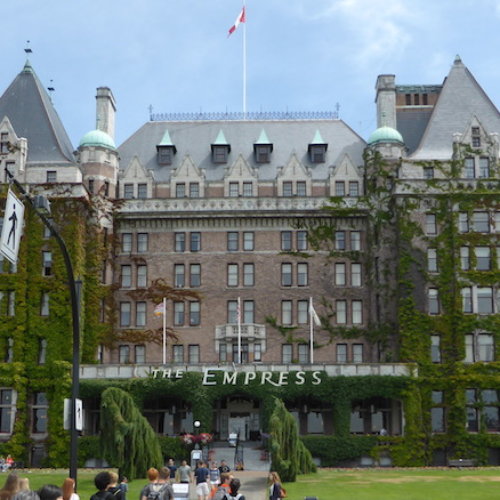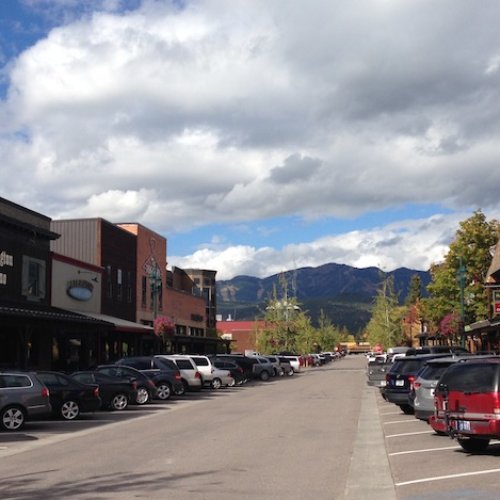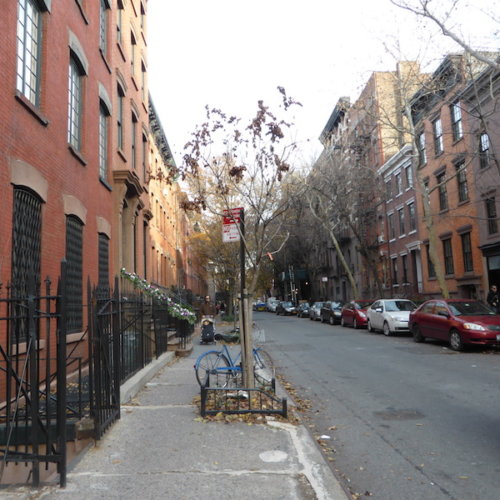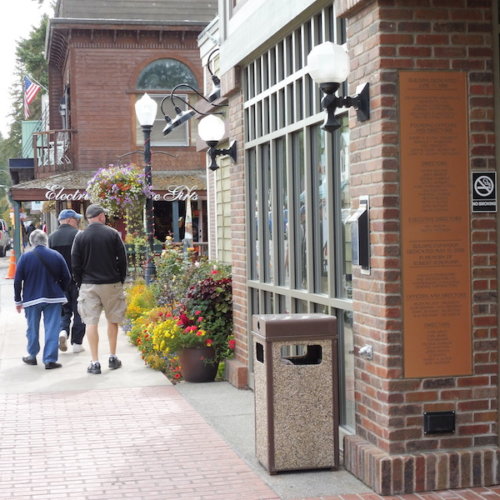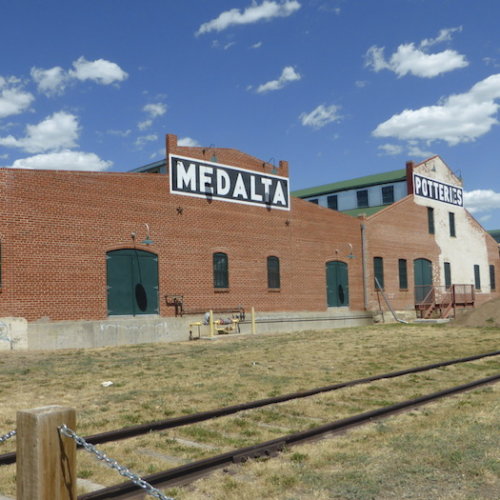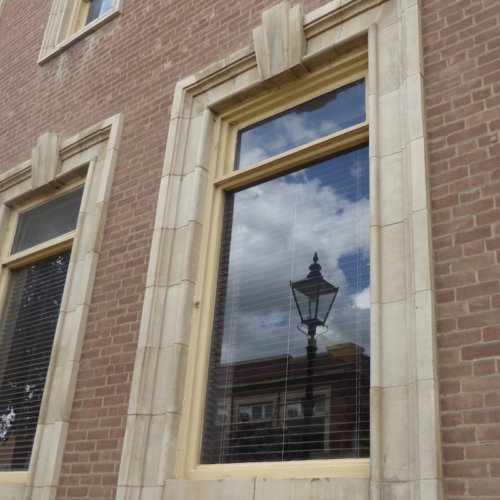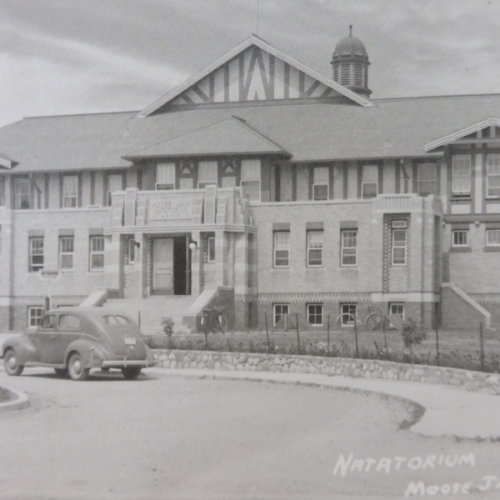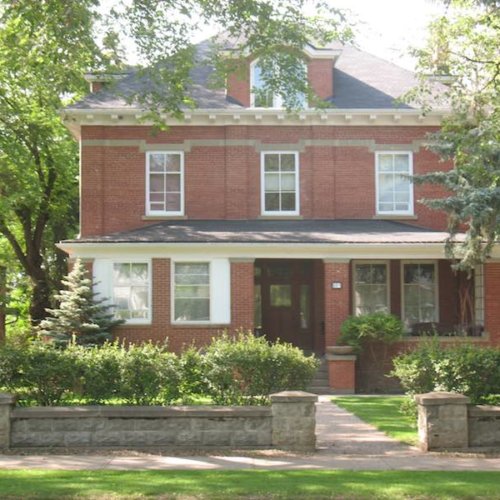It has been a long time since I wrote, as we all know it, a “book report.” I don’t intend to actually write an academic book report yet I wanted to take the opportunity to share my thoughts on my most recent read. It’s one that has had me as connected to someone else’s professional writing as I could imagine being. The writings hit home for me given my passion for the value of heritage conservation as a part of building a beautiful city. The same passion is beautifully written throughout the book. It has inspired and reaffirmed my professional commitment to heritage conservation as being the foundation and an integral part of actually achieving great neighbourhoods and cities.
I have to say, like a good fiction novel, I wanted to sit and keep reading the whole book in a day. I didn't do that as I found that there was so much great insight to be thought about that it would be best to pace myself and actually digest the wealth of information shared. I know a professional book read has had an impact on me when I notice I have underlined three quarters of the book to go back for further thought or reference. Also, it’s impacted me if on the last white page of the book; I now have a list of case study projects and other books and heritage bylaws that I want to explore further.
At a minimum, I hope my sharing will inspire others to read the book. Upon reading the book, I think one will be inspired to view the opportunities and challenges within their neighbourhood through a new lens. The book left me encouraged as a heritage conservationist, and most importantly, challenged me with new ideas to creatively problem-solve the historic, economic, culture and environmental elements that make up and support vibrant neighbourhoods. There is no question that I will be coming back to the books insight again and again as I continue to reflect on what I learned and as I apply that thinking to my projects!
In “The Past and Future City – How Historic Preservation is Reviving America’s Communities”, Stephanie Meeks has written and pulled together all the pertinent background, research, analysis, and sharing of many professionals thoughts. The wealth of information in the book tells a most compelling story of the value of a city’s history and the decisions over time that evolved the growth, physical development and the ultimate failures and successes of cities today. The result is a book that shares the stories and learning’s of what our past cities were all about and further translates this into insight and a challenge as to the care we want to take in building our cities of the future.
Although I have studied and worked as a design architect, urban designer and heritage conservationist, I appreciated that the books introduction took me down a memory lane reminder of the “power of place”. Here she shares the stories of communities that have saved “places that define it as a community so that future generations can know their past, feel a connection to those that came before, and build a foundation for the future” (pg. 4) including the Jane Jacobs successes of having saved critical components of our historic physical and social fabric. Reflective of how I feel, which includes the people stories that are a part of the these powers of place, Stephanie stated it best for me which was, “It is these powers of place that draw me to the work of preservation. And it is a remarkable power, one that is fundamental to our well-being and sense of ourselves.” (pg. 5) We all have something that makes us happy, inspires us, grounds us and connects us to our built environment – it’s the people and the experiences that make a place or a building meaningful and the loss of those places is an impacting loss of our sense of well-being and belonging.
The initial chapters present many examples from the work of the Green Lab (National Trust for Historic Preservation) and other research studies on the how historic preservation is reviving communities. The character scores and Older, Smaller, Better metrics from various case studies reinforce, and at the same time, challenge us to expand our understanding of the value of historic preservation especially in the area of the economic benefits when development decisions are made. In conjunction with the benefits, I was left with a reminder of the value of time, thought and creative thinking that needs to go into decisions that are made as we grow and develop our cities. We don’t want to underestimate the value of taking time to genuinely think through the decisions that are related to the role that historic buildings play in the development of our neighbourhoods.
Big or small, individual or sited with others along a streetscape; a historic building must be valued and maintained. As I scan my photos (some illustrated below) of the historic buildings and character areas that I have visited or lived in, I always reflect on the fact that when a buildings gone its gone! Sadly, many have been lost over the years and we won’t see them built again with the stature, craftsmanship and detail that instills the sense of community and belonging that those past ones did and still do where they exist.
The author shared that as she wrote the book, a question she was asking was best answered by Stewart Brand’s writing in How Buildings Learn in 1994, and that “was ’What makes a building come to be loved?’ A thirteen-year-old boy in Maine had the most succinct answer. ‘Age.” … The older a building gets, the more we have respect and affection for its evident maturity, for the accumulated human investment it shows for the attractive patina it wears – muted brick, worn stairs, colorfully stained roof, lush vines.” In fact Brand noted, people like old buildings so much that new construction is often designed to look the part. “The widespread fakery makes us respect honest aging all the more.” (pg. 17)
The sense of belonging and well-being, that naturally comes from experiencing historic buildings, is a reflection of the value of having taken the time in thought and craftsmanship to build something that will last – the bricks and mortar that resulted in creating a “sense of community”. You take the building away and you take the sense of community with it.
My thoughts here are a “tip of the iceberg” in what the author shares in the book and what I have been left to contemplate and integrate into my professional practice. Gratefully, the book shares quantitative and qualitative metrics to answer many questions we all ask on the value of historic preservation as we evolve our cities.
I do know it significantly reinforces the value of preserving our historic fabric as one that is critical to the future of vibrant and economically successful neighbourhoods and cities.
Whether we are historic preservation professionals or contribute to city building in other roles (i.e. homeowner, developer, urban planner, engineers, City Council, etc.), the quote below sums up a good challenge for each of us.
“In short people love old buildings. They love their character, their history, and the sense of connection they provide – put simply, that power of place. “Place is more than a spot on the map,“ urban scholar Ed McMahon has said. “Place is what makes your hometown different from my hometown. . . . In the Old Economy, markets mattered. In the New Economy, place matters most. . . . In a world where capital is footloose, if you can’t differentiate [your city] from any other place, you will have no competitive advantage. The same is true of a project, or a community or a building.” (pg. 18)

